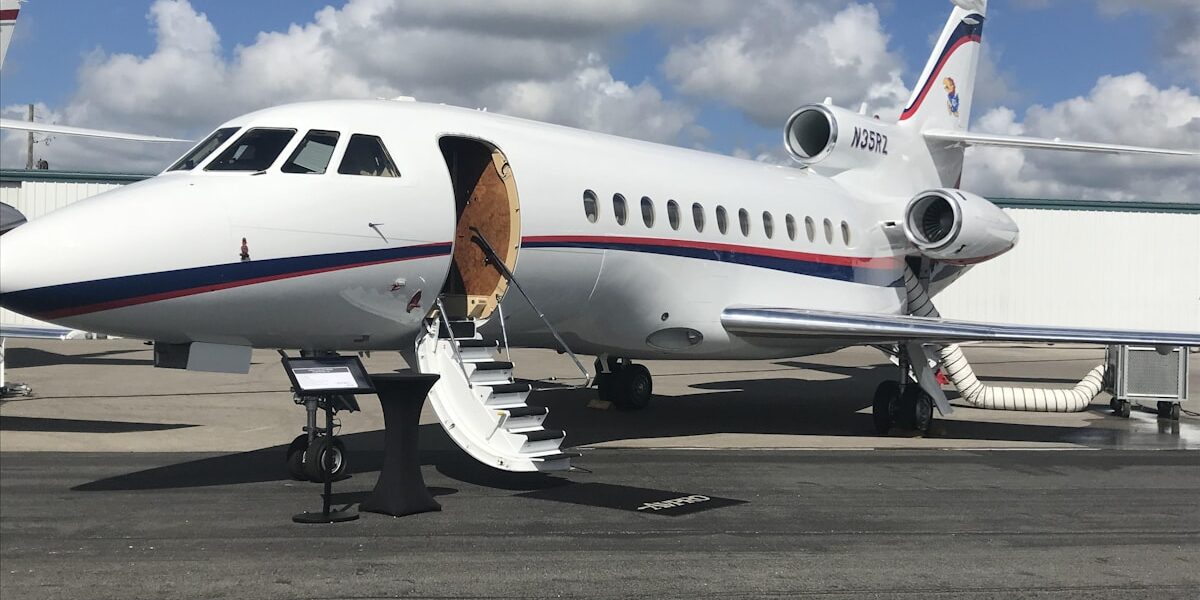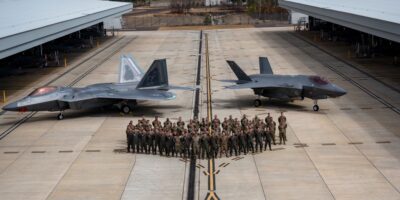Boeing 777 Compared to Boeing 737
The Boeing 777 and Boeing 737 are two of the most recognizable aircraft in the world. Both have solid engineering and design but serve different purposes. Their differences in size, capacity, and range make them suitable for varied aviation needs.
Dimensions and Size
The Boeing 777 is a wide-body aircraft. It’s designed for long-haul international flights. The wingspan of a typical Boeing 777-200ER is about 199 feet and 11 inches. Its length is approximately 209 feet and 1 inch. It has a height of around 60 feet and 9 inches.
The Boeing 737, on the other hand, is a narrow-body jet. It’s mostly used for short to medium-range flights. The 737-800 variant has a wingspan of about 117 feet and 5 inches. Its length is approximately 129 feet and 6 inches. Its height is around 41 feet and 2 inches.
Capacity
Passenger capacity varies significantly between these two models. The Boeing 777-200ER typically seats between 314 to 396 passengers depending on the airline’s configuration. The 777-300ER version can carry more, up to 451 passengers in a single-class layout.
The Boeing 737-800 usually seats between 162 to 189 passengers. It depends on the airline’s preference for legroom. This makes the 737 more suited to domestic and regional routes where passenger loads are lighter.
Range
The 777 has an impressive range, capable of flying up to 7,730 nautical miles in the 200ER configuration. This performance allows it to cover most long-haul routes without the need for a stopover.
Conversely, the 737-800 has a maximum range of about 2,935 nautical miles. This range is adequate for most domestic flights and some shorter international routes. It’s a versatile aircraft that can operate in a variety of conditions and airport sizes.
Engine and Performance
The Boeing 777 uses larger and more powerful engines. The General Electric GE90 engines are notable. They provide around 110,000 pounds of thrust each. This enables the 777 to take off from shorter runways even at heavy weights.
The Boeing 737-800 uses CFM International CFM56-7B engines. These produce around 27,000 pounds of thrust each. While adequate for its size and purpose, they are less powerful compared to the engines on the 777.
Cockpit and Avionics
The 777 features advanced avionics and flight systems. It uses a glass cockpit with large multi-function displays. The layout is modern, providing pilots with comprehensive information at a glance. The Fly-by-Wire system enhances safety and flight precision.
The 737, while modern, has a more conventional cockpit. Its avionics are simpler compared to the 777. Recent upgrades have brought more digital displays and automation into newer models, but it remains fundamentally different from the 777’s setup.
Economic Considerations
Operating costs differ due to their design purpose. The 777 has higher fuel consumption and operational costs. It’s an investment that pays off on long-haul routes with high passenger demand.
The 737 is cheaper to operate. It has lower fuel costs and maintenance is less expensive. This makes it ideal for airlines focused on regional and domestic markets.
Cargo Capabilities
The 777 has substantial cargo capacity. It can carry up to 103.5 metric tonnes. This makes it a favorite for cargo airlines and passenger carriers needing additional revenue streams.
The 737’s cargo hold is smaller. It can carry up to 23.9 metric tonnes. While not insignificant, it’s suited more for passenger luggage and light freight.
Operational Flexibility
The 737’s smaller size allows it to operate in airports with limited runway lengths. It’s also suited for fast turnarounds, enhancing its efficiency in high-frequency routes.
The 777 requires longer runways and more ground time due to its size and capacity. It’s less versatile in smaller airports but excels in large, busy hubs with high passenger throughput.
Safety and Reliability
Both aircraft have stellar safety records. The 777 boasts advanced safety measures including redundant systems. This significantly lowers the chances of in-flight failures.
The 737 has proven its reliability over decades of service. It’s known for consistent performance and robustness under various operational conditions. Regular updates and improvements have ensured its relevance and safety.
Environmental Impact
Larger aircraft like the 777 have a bigger carbon footprint due to higher fuel consumption. However, their efficiency on long routes helps mitigate some environmental impacts by reducing the need for stopovers.
The 737 is generally more environmentally friendly for shorter routes. Its lower fuel use per hour makes it a greener choice for domestic and regional travel.




Subscribe for Updates
Get the latest articles delivered to your inbox.
We respect your privacy. Unsubscribe anytime.